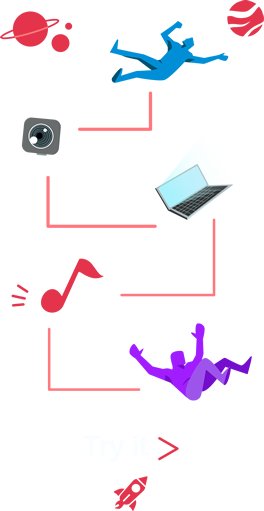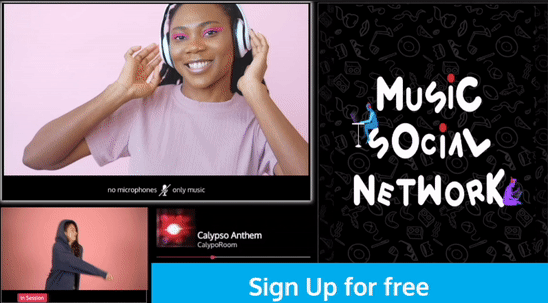Managing intellectual property rights in music social networks

Table of content
Managing intellectual property rights in music social networks - Introduction
When it comes to the world of music, the term 'intellectual property rights' pops up quite frequently. But what does it really mean?
To put it in simple terms, intellectual property rights in the music industry refer to the legal rights given to creators of music.
These rights protect the creators' original works, ensuring that their creativity and hard work are duly acknowledged and rewarded.
Now, we live in an age where music and social networks are tightly woven together. It's a fantastic trend that's redefining how we discover, share, and experience music.
But, it's not without its complexities. These platforms present an entirely new stage for managing intellectual property rights.
It's like being a juggler at a circus, trying to keep the balls of accessibility, popularity, and legal responsibility in the air.
On one hand, social networks offer vast opportunities for creators. Imagine a budding artist in a small town, uploading her first song on a platform that reaches millions.
She's not just sharing her work; she's shaping her future. That's the magic of music social networks.
This is where we step in to guide you through the labyrinth of intellectual property rights within music social networks.
So, fasten your seatbelts as we embark on this journey. It's going to be educational, insightful, and yes, even a little exciting.

KEY TAKEAWAYS
Understanding Intellectual Property Rights: Intellectual property rights play a pivotal role in music, shielding creators' hard work. They encompass copyrights, royalties, and licensing, each element offering a unique layer of protection to the original work.
Rise of Music Social Networks: Music social networks are changing how we interact with music, reshaping the industry, and contributing to global music discovery. Influencer culture and regional differences significantly shape these platforms, while gamification boosts user engagement.
Intersection of Music Social Networks and Intellectual Property Rights: Intellectual property rights are integral to music social networks, ensuring protection for creators in an environment where their work is widely shared. Advanced AI and algorithms are being used to monitor music sharing and usage, upholding the rhythm of intellectual property rights.
Case Study - CalypsoRoom: CalypsoRoom has effectively managed intellectual property rights in the music social networking space, creating a harmonious experience for users and fair compensation for artists. They have successfully integrated a robust licensing framework, meticulous copyright protection, and a pay-per-play model.
How Other Platforms Can Learn from CalypsoRoom: CalypsoRoom’s successful model offers valuable insights to other platforms, including the importance of a robust relationship with music labels and artists. By integrating personal connections with respect for intellectual property rights, platforms can cultivate a respectful, engaging user experience.
Redefining Marketing in Music Industry: Music social networks, like CalypsoRoom, have fundamentally shifted marketing in the music industry to become more engaging, interactive, and respectful towards intellectual property rights. This approach ensures artists and labels are recognized and compensated fairly, while delivering a satisfying user experience.
Understanding intellectual property rights in music
Diving into the vast ocean of intellectual property rights might seem overwhelming, but it doesn't have to be.
These rights ensure that every beat, rhythm, and melody they craft cannot be used without their permission.
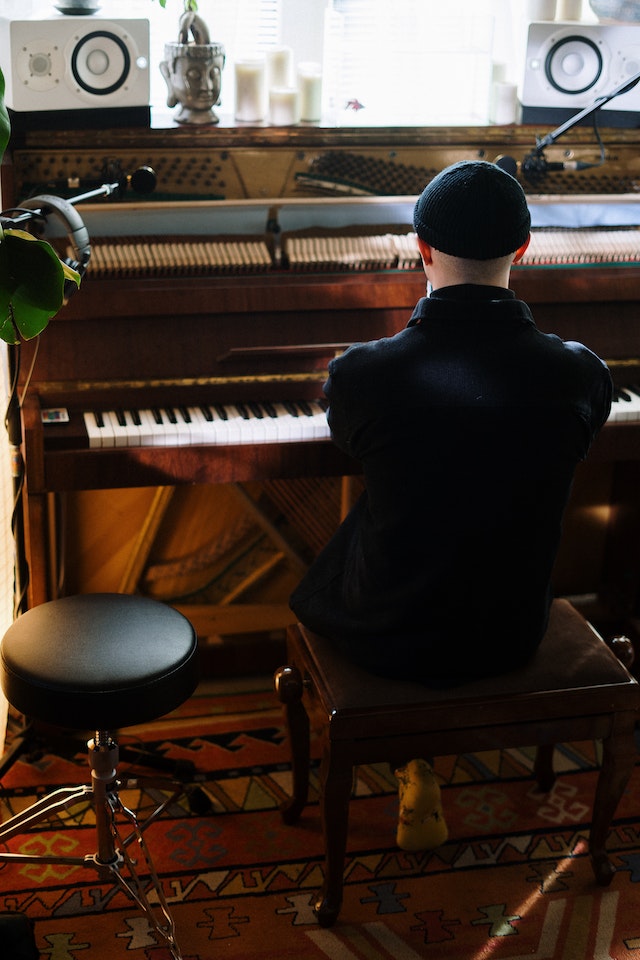
Now, let's break down what this shield is composed of specifically for the music industry: copyrights, royalties, and licensing.
Copyrights form the backbone of intellectual property rights in music. They give music creators the exclusive rights to use and distribute their original work.
But in a world where music is widely shared on social networks, managing these copyrights can become challenging.
Once a piece of music is copyrighted, the next crucial aspect is royalties.
In the realm of music social networks, royalties play a vital role in monetizing music.
The internet is filled with listeners ready to hit 'play' on a new song, and each click can convert into a royalty for the music creator.

Finally, we arrive at licensing, the permission slip that allows others to use a creator's music.
In this digital age, a new technological ally has emerged to help manage these agreements - blockchain technology.
Imagine an unbreakable digital ledger that tracks every play, share, and download, ensuring that the right people are recognized and rewarded.
That's the power of blockchain in managing intellectual property rights in music.
Understanding the nuances of intellectual property rights - copyrights, royalties, and licensing - is essential in our journey to navigate the music social network landscape.
With every song shared, let's make sure we're not just celebrating creativity but also protecting it.

The rise of music social networks
In the ever-evolving world of digital technology, a melodious symphony has begun to play that resonates with the rhythm of our social interactions.
We're talking about the rise of music social networks. It's like watching a magic show where technology and music come together to create a mesmerizing experience for users across the globe.
Music social networks have rapidly gained popularity, like a catchy tune that everyone hums along to.
Imagine sharing your favorite song with a friend who lives halfway across the world or discovering a hidden gem of a musician from a region you've never even heard of.
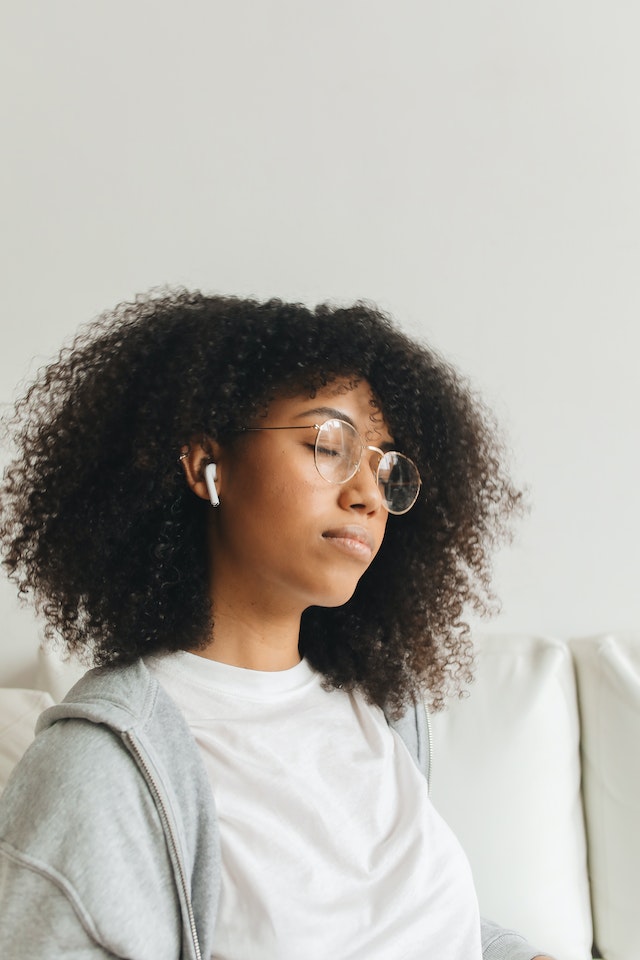
Now, let's look at a key player in this spectacle - influencer culture. Social media influencers have turned these platforms into thriving spaces for music discovery and promotion.
The symbiotic relationship between influencers and music social networks is explored further in this informative piece on “Influencer Culture & Effects on Music Social Networks”.
But the rhythm of music social networks varies across the globe. Regional differences play a significant role in shaping these platforms.
Like a versatile musician playing to the tune of different audiences, these networks adapt their features, content, and marketing strategies to cater to regional preferences.
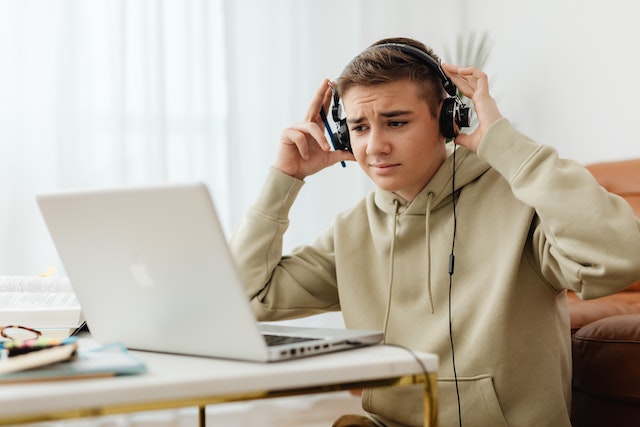
In this captivating journey of music and social interaction, one strategy stands out - gamification.
Adding game-like elements such as points, badges, and leaderboards have transformed user engagement on these platforms.
As we continue to hum along to its tune, let's ensure we understand and respect the intellectual property rights that make this symphony possible.
The intersection of music social networks and intellectual property rights
At the crossroads of music social networks and intellectual property rights, a fascinating interaction unfolds. It's like a complex dance where technology, creativity, and law converge.
They ensure that the creators of the captivating melodies we all enjoy can share their work confidently, knowing their rights are protected.
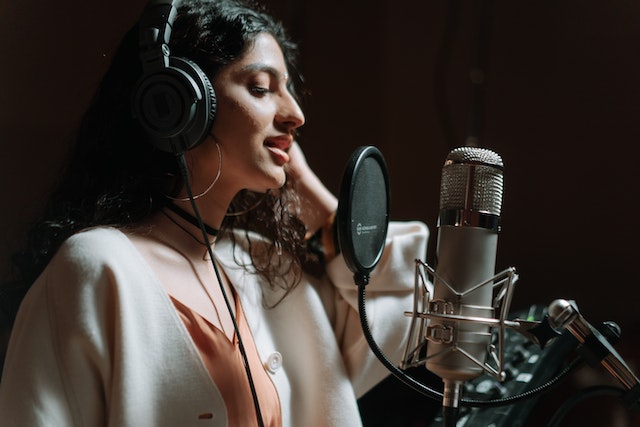
But when millions of users interact with this music daily, the dance can get tricky. Issues such as unauthorized sharing of copyrighted music might arise, stepping on the metaphorical toes of music creators.
To manage this delicate dance, technology steps in. Advanced AI and algorithms have taken center stage in music social networks, influencing not just the distribution and access of music, but also the protection of intellectual property rights.
A shift in rhythm occurs with the changes in the interaction between the artist and the fan.
Music social networks have transformed this dynamic, turning fans into active participants rather than passive listeners.
However, this heightened engagement could also lead to potential issues regarding the application of intellectual property rights.
Finally, let's turn our attention to the shared music experiences on social networks. These communal moments, where users listen together to the same music, have become a hallmark of music social networks.

However, they also add a new layer of complexity to managing intellectual property rights.
How do we ensure rights are upheld when a single piece of music resonates through countless speakers simultaneously?
Find out more about this unique challenge here.
Navigating the intersection of music social networks and intellectual property rights is like choreographing a dance.
It requires a careful balance of creativity, technology, and law. By staying in step with these elements, we can ensure a harmonious experience for all.
A case study in managing intellectual property rights: CalypsoRoom
Let's strike a chord with a unique platform that has mastered the dance of managing intellectual property rights in the music social networking space - CalypsoRoom.
Imagine a digital space where people from all walks of life come together, connected via webcam, to listen and sway to the same rhythm.
Sounds like a virtual music festival, doesn't it? That's CalypsoRoom for you!
Navigating through the intricate maze of intellectual property rights, CalypsoRoom has set a remarkable example of how to respect and uphold these rights while providing an engaging shared music experience.
Their approach is not just a tune; it's a harmonious symphony in the vast world of music streaming platforms.
With a keen eye on the details, they ensure that every note that echoes on their platform respects the rights of the respective copyright holders.
Music is only uploaded once all the necessary information from the owners regarding both the recording and publishing rights has been obtained.
This meticulous approach ensures that the melody of intellectual property rights stays in perfect harmony with the rhythm of music sharing.
The music doesn't stop there. CalypsoRoom goes a step further to ensure that artists are not just recognized but also compensated for their creative endeavors.
Every time a song is played during a video music session, a little cha-ching goes towards the artist's account. This pay-per-play model strikes a fair balance between user enjoyment and artist recognition.
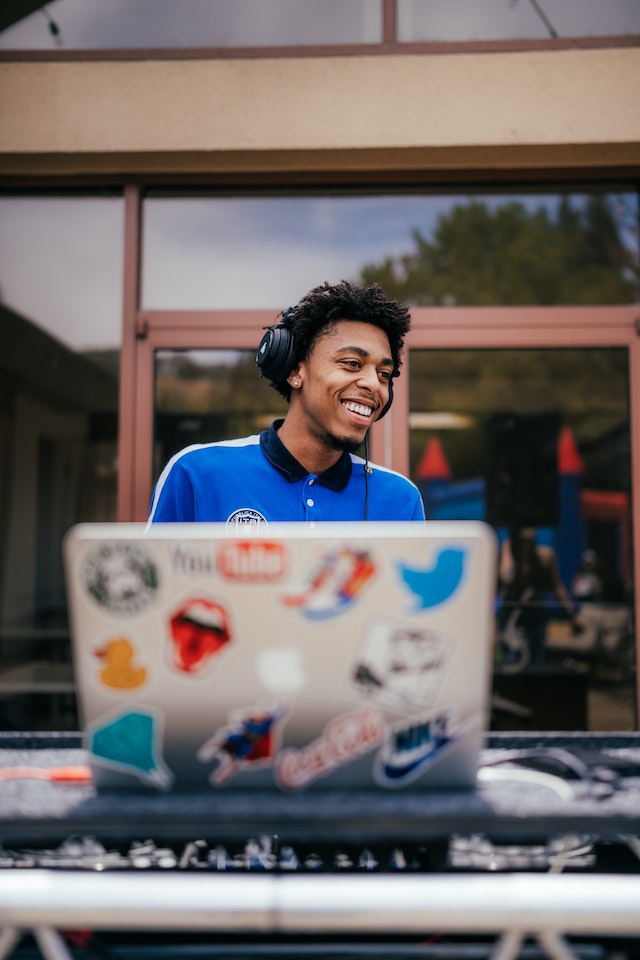
CalypsoRoom's successful journey offers invaluable insights to anyone looking to tread the path of music social networking.
It paints a vibrant picture of how an innovative approach towards streaming music, coupled with a steadfast commitment to upholding intellectual property rights, can create a platform where everyone enjoys the music and the artists receive the respect and compensation they deserve.
So, if you're stepping into this dance of music and intellectual property rights, let the tale of CalypsoRoom guide you.
Remember, it's all about finding the right balance - once you have that, the music will play on, and everyone will enjoy the rhythm.
How other platforms can learn from CalypsoRoom
CalypsoRoom's masterful performance in the music social network industry is not just a success story, but a vibrant melody echoing valuable lessons that other platforms can learn from.
Their symphony of respect for intellectual property rights and fostering an engaging music community is a rhythm other platforms can sway to, innovating their own strategies to harmonize user engagement and intellectual property rights.
One powerful chorus in CalypsoRoom's melody is the harmonious relationship they build with music labels and artists. This connection is akin to the heart and soul of any music platform.
Music social networks are potent platforms for artist discovery, but it's crucial to ensure that this discovery process respects intellectual property rights, as seen in CalypsoRoom's model.

Personal connections in music networks enhance user engagement significantly, acting as a bridge between the users and the music they love.
These connections have been brilliantly cultivated in platforms like CalypsoRoom.
By integrating personal connections with respect for intellectual property rights, platforms can create an engaging, enjoyable user experience that also respects the rights of the artists.
Lastly, the rhythm of marketing in the music industry has been fundamentally shifted by music social networks.
With platforms like CalypsoRoom, marketing has become more engaging, interactive, and respectful towards intellectual property rights.
Their innovative marketing strategies ensure that artists and labels are recognized and compensated fairly while delivering a satisfying user experience.
Learning the rhythm of CalypsoRoom's model could be the perfect starting point for other platforms to strike a balance between an engaging user experience and respecting intellectual property rights.
The music social network industry is a vast dance floor, and with the right moves, every platform can create their own unique rhythm while ensuring that the rights of artists are respected.

Future of intellectual property rights in music social networks
Peering into the future of intellectual property rights in music social networks is akin to tuning an instrument before a big concert.
Thus, it's crucial for music social networks to stay in tune with these changes, ensuring they dance to the right rhythm when it comes to managing intellectual property rights.
The legalities around intellectual property rights have the potential to shift dramatically, especially with technological advancements and changes in how we consume music.

Perhaps we might see more comprehensive laws that cater specifically to digital platforms, addressing the unique challenges they face in managing copyrights, royalties, and licensing.
Such legislation could also offer more robust protection for artists, ensuring that they are adequately compensated in an era where digital streaming is the norm.
They might have to fine-tune their systems for recognizing and compensating artists, or even reevaluate how music is shared and distributed on their platforms.
It's a bit like learning a new piece of music – it might seem complex at first, but with practice and adaptation, it becomes a part of the repertoire.
As we look to the future, the role of music social networks will only continue to grow in importance.
They offer a space for music lovers to connect, share, and discover – but they also carry the responsibility to protect and uphold the rights of those who create the music we love.
As such, staying in tune with the future developments of intellectual property law will be key to ensuring the music plays on in harmony, respecting both the art and the artist.

Managing intellectual property rights in music social networks - Conclusion
As we face the future, the melody might change, but the rhythm remains the same. The need to effectively manage intellectual property rights will continue to be a core part of the music social networks' ensemble.
It's a symphony that requires constant fine-tuning and adaptation, but one that promises a harmonious experience for all.
Now, we invite you to take the conductor's stand and join us in this remarkable orchestra. Feel the beat, discover the melody, and experience the unity of shared music experiences.
Try out CalypsoRoom today and become a part of this vibrant music community, all while supporting the artists you love.
To continue your journey, to deepen your understanding of this intricate symphony of music and rights, and to stay updated with the latest movements in the score, follow our blog.
Here, we share insights, discuss trends, and, most importantly, keep the music playing.
Thanks for reading,
The CalypsoRoom Team
Frequently Asked Questions (FAQs)
What are the key intellectual property rights applicable to music in social networks?
The main intellectual property rights in music applicable to social networks include copyrights, royalties, and licensing. Copyrights give creators exclusive rights to their work, royalties provide them compensation for use of their work, and licensing allows others to use the creator's music under specific conditions.
How can musicians protect their intellectual property on music social networks?
Musicians can protect their intellectual property on music social networks by understanding and implementing copyrights, ensuring their music is licensed before sharing, and monitoring its use online. Additionally, some platforms utilize advanced AI and algorithms to help track and manage the sharing and usage of music.
What are the challenges of managing intellectual property rights in music on social media?
The primary challenges include controlling unauthorized sharing and use of copyrighted music, dealing with the international nature of copyright laws, and enforcing intellectual property rights in a rapidly evolving digital landscape. Moreover, the heightened engagement on social networks could lead to potential issues regarding the application of intellectual property rights.
Are there specific legal guidelines for using copyrighted music on social networks?
Yes, there are legal guidelines for using copyrighted music on social networks. These rules generally require users to obtain proper licenses or permissions from the copyright holder before sharing or using the music, and any violation of these guidelines can lead to serious legal consequences.
back
Written by CalypsoRoom Editorial Team
The CalypsoRoom Editorial Team is a skilled and diverse group of writers, researchers, and industry specialists who have access to Calypso's data and information in order to give you broad knowledge about the music industry as well as helpful advice to help you manage your music and dancing career.
Updated August 2023
Company number: 681223
James's Walk 31, Dublin, Ireland
contact@calypsoroom.com
+353 (89) 435 8928


